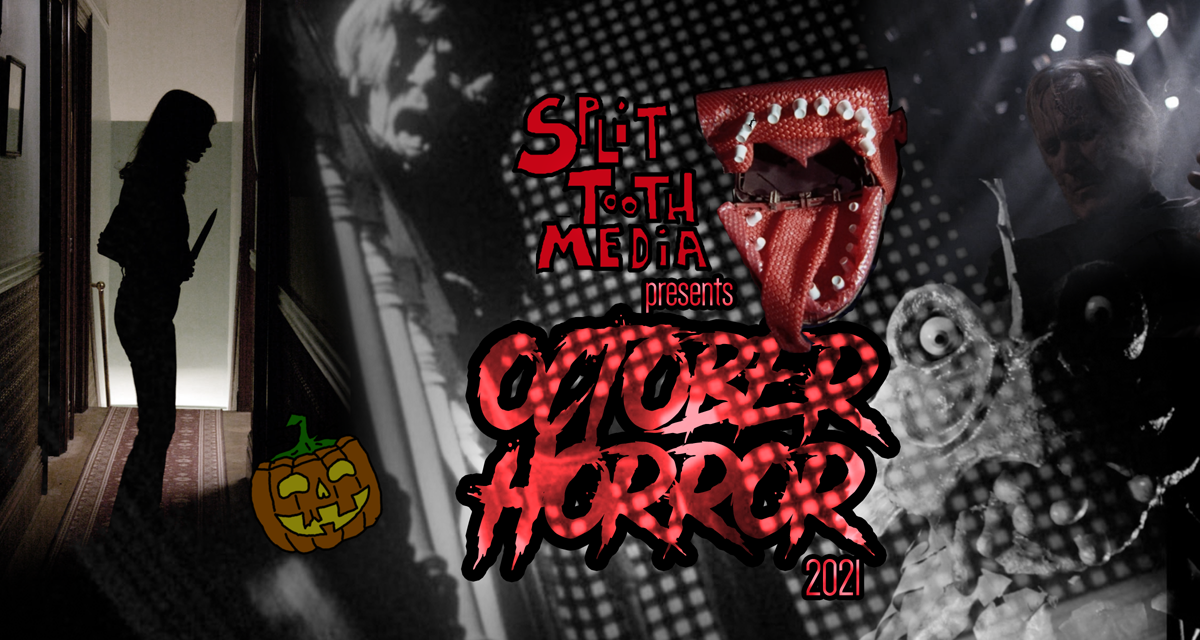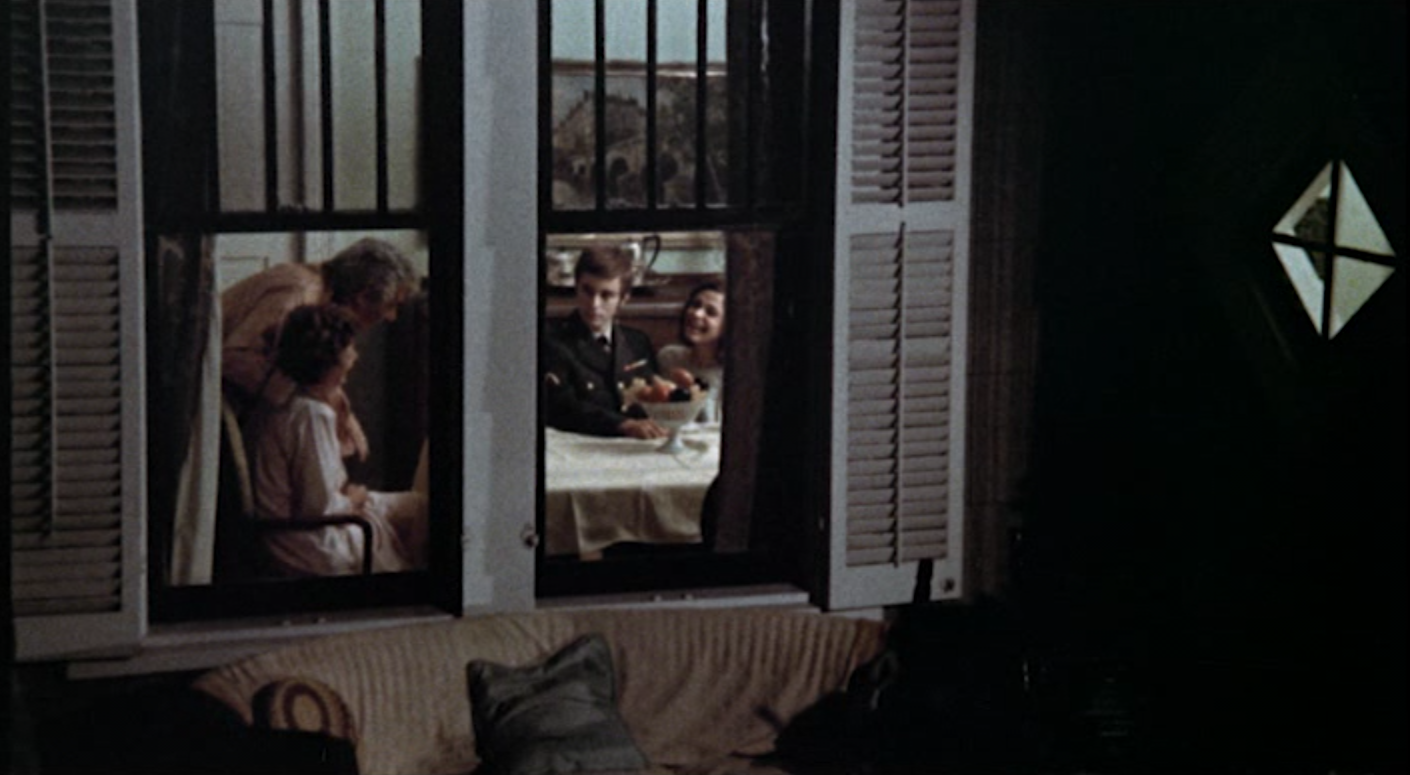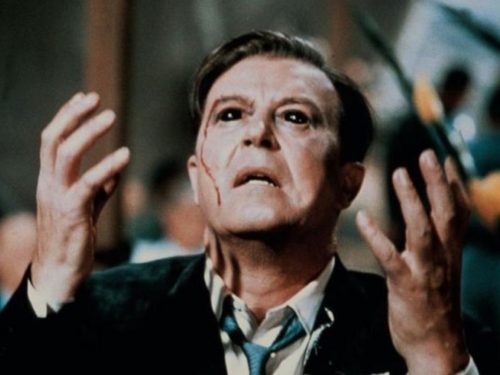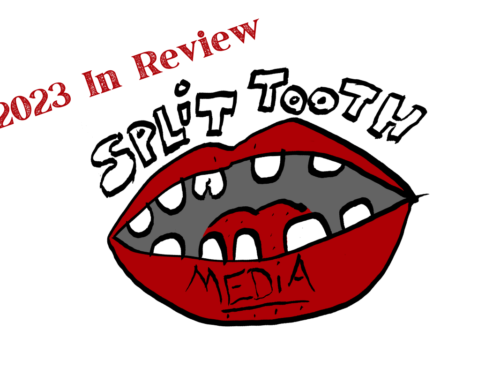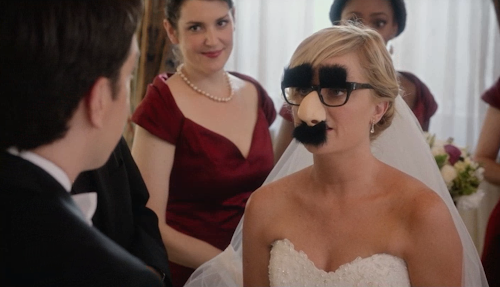Deathdream, the bleakest and most emotionally charged of Clark’s horror films, packs the anger, grief, and confusion of an entire era into one 88-minute film
In terms of bleakness and variety, few filmmakers in the genre have matched Bob Clark’s early trio of horror films. His first, Children Shouldn’t Play with Dead Things (1972), is a cold-blooded cemetery romp in which an amateur acting troupe gets decimated by zombies. The third and best, Black Christmas (1974), executes all the tenets of a slasher film before the term even existed, and does so with a sophistication that few of its more famous followers ever pulled off. Between these two productions, Clark made Deathdream (1974), which is both the bleakest and the most emotionally charged of his horror films. Written by Clark’s Dead Things collaborator Alan Ormsby (Deranged, 1974) and taking its roots from W.W. Jacobs’ short story “The Monkey’s Paw” (1902), Deathdream (1974) is about the family of a soldier, Andy (Richard Backus), who is reported dead in combat. The film was shot during the Vietnam War, but specifics regarding the conflict are never given. We are shown Andy’s traumatic final moments in a jungle battle as he witnesses the death of a friend before taking a bullet in the chest. Prayers from his mother (Lynn Carlin) echo over the soundtrack. Back home, his family receives his death notice during a tense dinner. Andy’s father, Charles (John Marley), takes the news with shocked silence. His mom, Christine, already struggling with the reality of her son being away at war, is devastated. But in the middle of the night, Andy appears in their entryway, seemingly unharmed, shocking everyone. Andy is a little pale, cold in his temperament, and his eyes have both a deadness and piercing quality to them — but he is home.
His parents and younger sister, Cathy (Anya Ormsby), try to usher him back into their comfortable life in the suburbs, but Andy doesn’t take to their hospitality. Reports of murders start to appear on the local news as Andy’s behavior — incessant rocking in a rickety rocking chair and disappearing without notice late at night — start to alarm his father and sister. His mother refuses to believe anything could be wrong. She mostly blames her husband for any trouble. Andy’s body begins to deteriorate, and he must inject human blood into his system via syringe to maintain his appearance. Showcasing the first on-screen gore effects by the great Tom Savini (Dawn of the Dead, Texas Chainsaw Massacre 2) — who used prosthetic movie violence as a means of processing his own Vietnam experience as a combat photographer — Deathdream follows Andy’s murderous rampage through his hometown in order to maintain a semblance of surface normality. His parents don’t know what to do, and neither does his sister, who sets him up for a drive-in double date with his pre-war girlfriend (Jane Daly).
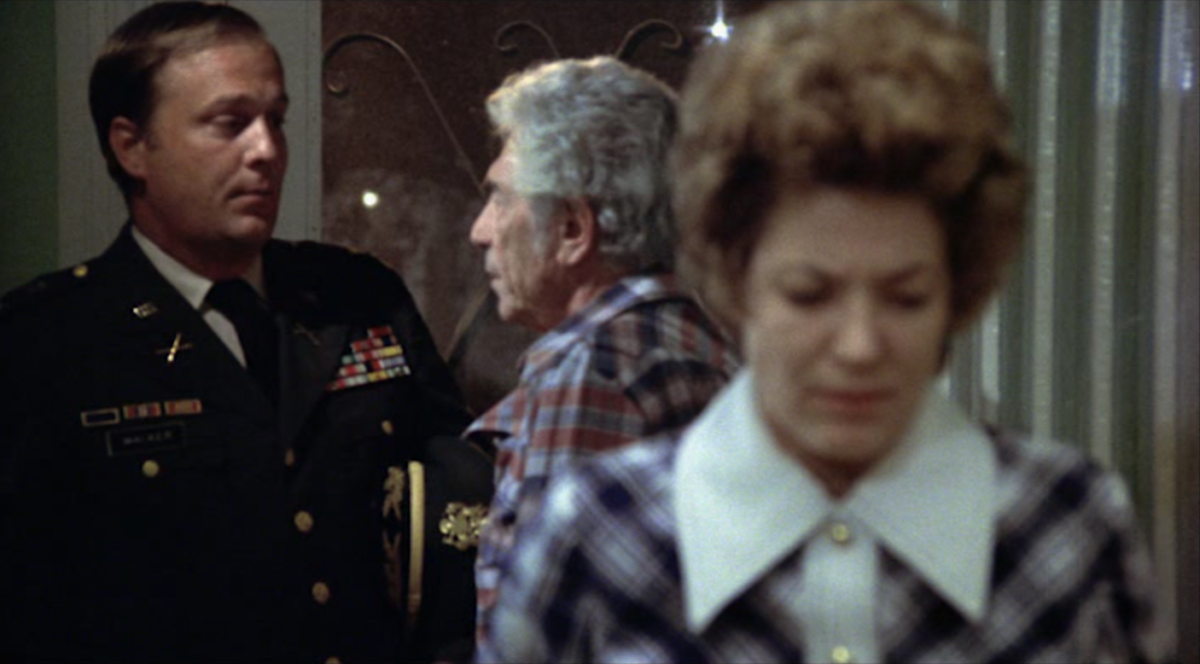
Deathdream (also known as Dead of Night) packs the anger, grief, and confusion of an entire era into one 88-minute film. And it does so without the weight of self-importance that so many of our modern, more prestigious, and socially minded horror productions tend to bear. As Travis Crawford succinctly writes in his liner notes for Deathdream’s Blu-ray release, what makes Deathdream and other classic 1970s horror films so effective is that the earlier productions “deftly handled themes of great importance, but in a way that only serves to give their work more emotional resonance and power.” Most of the people making horror films these days appear to have learned that the classics were informed by the anxieties and events of their times, and through some confusion — most likely from bad teaching — they came to believe that the subtext itself is what makes a horror film great. Through this misunderstanding, more and more productions have become more and more preoccupied with the subtext of their movies, so that the subtexts mostly cease to be subtextual at all. The horror started taking a backseat to heavy handed messages that would have been more productive as bumper stickers.
Sure, the ghost of Vietnam stalks through every frame of Deathdream, but it’s a great film because Clark and his collaborators put the drama and the characters first. Even with the overwhelming bleakness of the film and the harrowing experiences Andy and his family go through, Clark shows a great deal of love for his characters. He gives them space to flail in their emotions and be their imperfect selves, whether it’s Andy’s lonely girlfriend, Joanne, or his overly protective mother. But the affection Clark shows towards his characters makes the coldness with which so many of them meet their demise all the more devastating. In her short time on screen, Joanne becomes the emotional focal point of the final act before her fateful night at the drive-in — Jane Daly steals the movie with her self-deprecating performance. Andy’s family is almost entirely dysfunctional, emotionally unstable, and cruel to each other. But Clark recognizes their weaknesses and flaws not as traits to punish them for, as many horror films would, but as vulnerabilities. Their actions and reactions to the events of the film are at times horrendous and extreme — especially the mother’s blind defense of her son’s every action, and how the father channels his anger and confusion at his daughter — but the events they face are rather extreme as well.
Deathdream also stands strong next to non-horror films concerned with Vietnam and the plight of returning soldiers. The film is a mostly dramatic treatment of Andy’s return, but being firmly situated in the exploitation realm, the filmmakers could indulge in the gruesomeness and the carnage of horror cinema to bring the violence and anger of the times out in a more confrontational manner than the standard socially engaged dramas coming out of the studios. Oscar-aimed prestige films like Coming Home (1978) convey the pain of surviving combat and living with those brutal memories. But Deathdream has an expressive advantage through its status as an exploitation film. It allows the filmmakers to lean heavily into the absurdity of a country sending young men out into a jungle to kill people and then expect them to come back and be “normal.” Deathdream tears down the ticker tape and dispels the joyful welcome home parade. The film takes place in a typical suburban American setting, but everything about the environment is slightly askew. It uses various side characters to play up a slightly caricatured vision of Andy’s hometown and its innocent understanding of what he has gone through while at war. There is the goofy TV sitcom-style mailman and the wise family doctor; the mailman is a war veteran, and he reminisces and jokes about his time fighting in World War II in front of Andy, who is deeply troubled by his nonchalant tone. The doctor suspects Andy of the first murder from the start. While concerned for the young man, his goal is a diagnosis for Andy’s strange behavior and proof of his crime rather than reaching an understanding of his mental state. Carlin and Marley as Andy’s parents — who were brilliantly cast together by Clark after playing the central and deeply unhappy couple in John Cassavetes’ Faces (1968) — each create that overwhelming pressure to “just be yourself” for their son, when the “self” they know, love, and expected to return is long gone and never to come back.
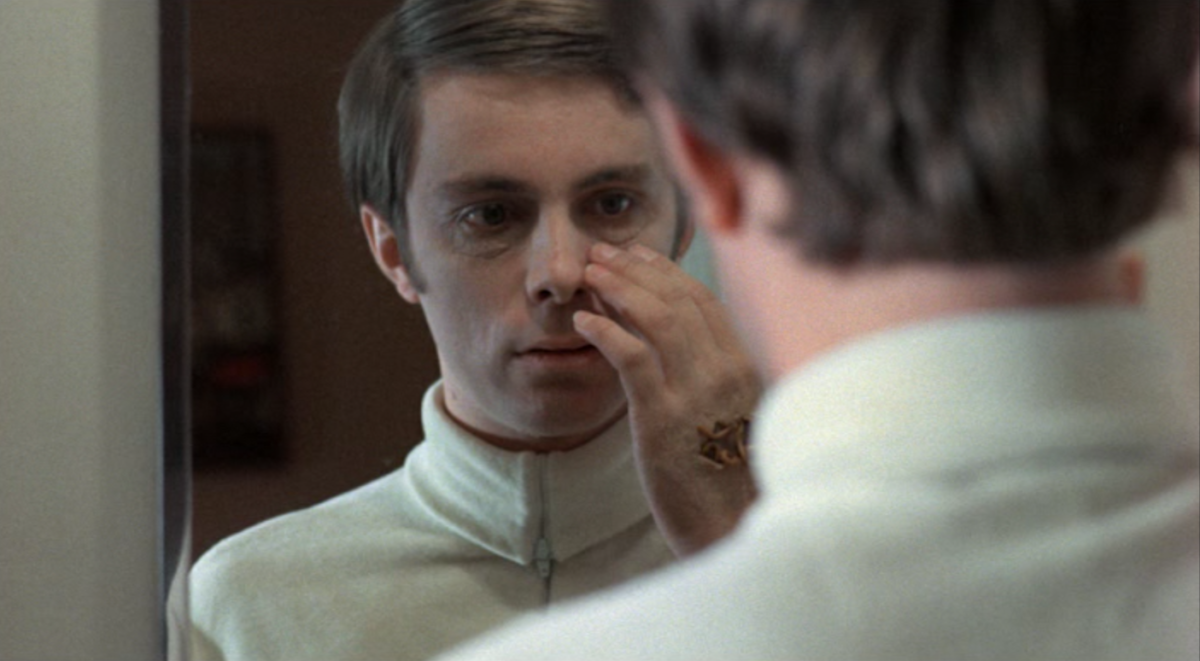
Andy struggles to exist back in the tamed society he left behind, not only because he is some form of a zombie, but due to the awareness of the violence he has taken part in while in battle. As we see when the mailman asks Andy about the friend he died with, the young man is haunted by death and destruction. Deathdream draws us to the violence and turmoil inside Andy through the more visceral and exalted means allowed by its horror narrative. Deathdream is far from subtle. The things that go unsaid or that privately torment other returning soldiers in more “realistic” works like Coming Home are turned inside out through Andy’s deteriorating appearance and his role as a blood-reliant zombie. When Andy’s violent urges overpower his disquieting stillness, not even the family dog is safe. He is terrifying in his scenes attacking victims. He strangles and slices and bites with an exuberance that would make most slasher villains blush. “I died for you,” he says to one of his victims. “Why shouldn’t you return the favor?”
But there is also a raw and vulnerable side of Andy that shows through the stillness. He is cold to everyone he comes in contact with, but there is a distant shine in his eye, like a flame going out. His face is menacing, while always looking on the verge of tears. With the violence and the more extravagant performances from Carlin and Marley reaching crisis levels by film’s end, the nuances of Backus’ portrayal of Andy keep Deathdream from tipping over into the realm of schlock. When he eventually appears dressed in his now somewhat notorious combo of white turtleneck, sunglasses, and black leather gloves for the finale, the memory of Andy’s quivering stare makes the climactic moment when the shades are torn off, revealing the rotting eyeballs of a corpse, all the more chilling.
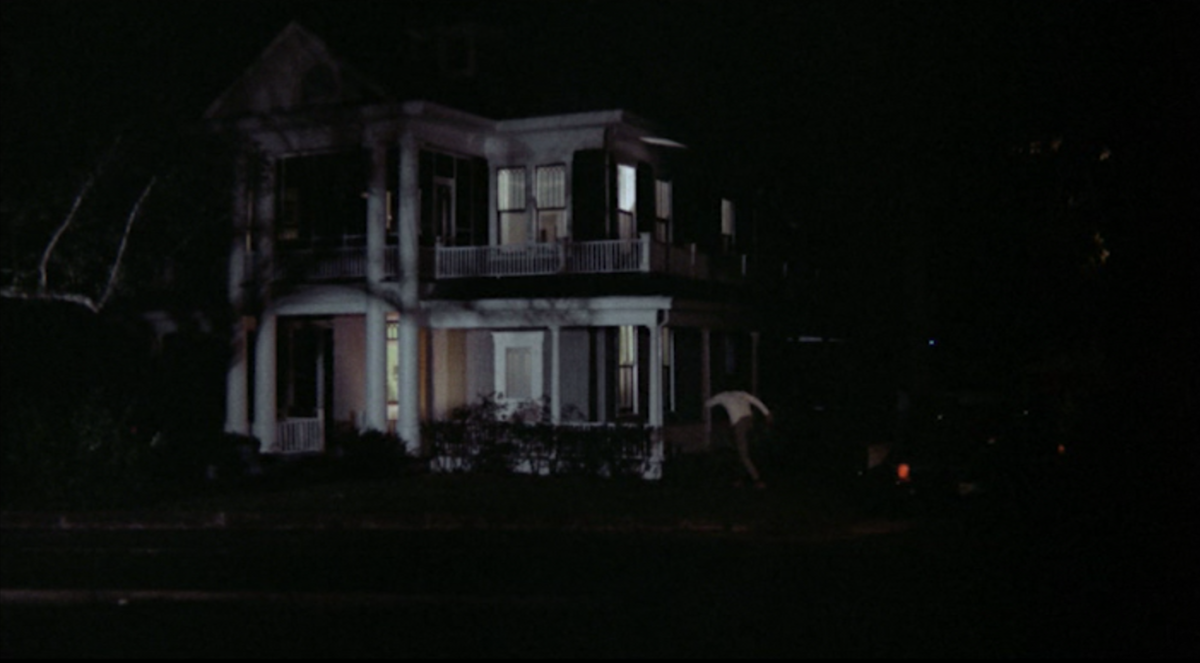
Find Deathdream on your preferred streaming service through JustWatch
Purchase Blue Underground’s Blu-ray of Deathdream
Stay up to date with all things Split Tooth Media and follow Brett on Twitter and Letterboxd
(Split Tooth may earn a commission from purchases made through affiliate links on our site.)
Find the complete October Horror 2021 series here:
